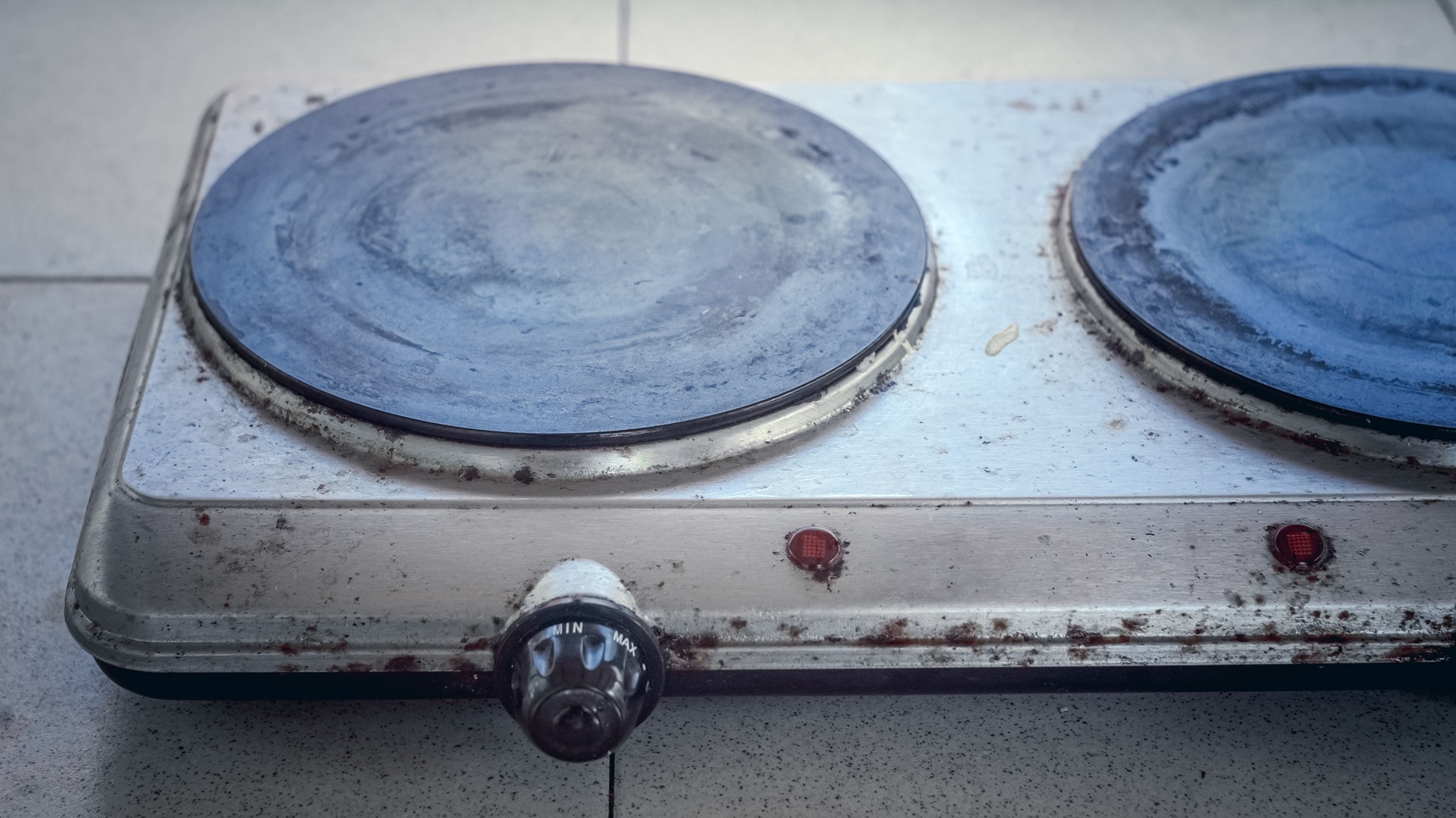Benefits of action to reduce household air pollution (BAR-HAP) tool
***Updated version released March 2022, with important bug fixes and other updates. If you have downloaded a previous version, please download and use this updated version instead***
The Benefits of Action to Reduce Household Air Pollution (BAR-HAP) tool is a planning tool for assessing the costs and benefits of different interventions that aim to reduce cooking-related household air pollution. BAR-HAP is a resource in WHO’s Clean Household Energy Solutions Toolkit (CHEST). The tool allows users to model 16 different cleaner cooking transitions from more polluting stoves and fuels to cleaner options, including both transitional options (that offer some health benefits) and clean options (that meet emissions levels in the WHO Guidelines for indoor air quality: household fuel combustion). For each cooking transition, users can also select a policy intervention that will be applied, such as stove or fuel subsidy, financing, intensive behavior change campaign, or a technology ban.
BAR-HAP quantifies and monetizes costs, such as governmental costs of implementing the intervention, individual costs of purchasing and maintaining stoves and fuel, and time costs for learning and maintaining the stove. Benefits monetized in the tool include health benefits from avoided morbidity and mortality, time savings from reduced time spent cooking and collecting fuel, and environmental benefits of reduced fuel harvesting and climate-forcing emissions (of CO2, black carbon, and 4 other climate-relevant pollutants). Users can modify certain inputs to enhance the relevance of the tool for examining their own particular context(s).
Decision-makers can compare the results from different BAR-HAP scenarios to identify a clean cooking intervention that best meets country needs and priorities, and to plan for the financial resources needed for implementation.
The tool includes several useful features:
- A user-friendly interface with step-by-step guidance and visuals to facilitate tool use and interpretation of results
- Default data for all low- and middle-income countries
- Default data on fuel use, health, and other impacts
- Auto-populated background information based on the country selected
The March 2022 version of the tool includes the following important changes:
- Integrated country-specific emissions data for electricity generation into the calculations of emissions implications of electric cooking.
- Added an option to model scenarios at urban or rural levels (in addition to the national level).
- Fixed several calculation errors.
- For more details about the updates, click here

Videos on the BAR-HAP Tool
BAR-HAP Resources
The Benefits of Action to Reduce Household Air Pollution (BAR-HAP) tool can be used to compare the costs and benefits of different interventions to...
Recent Publications
Other related tools and resources
Other related tools and resources
Related fact sheets
Related health topics
Related teams













